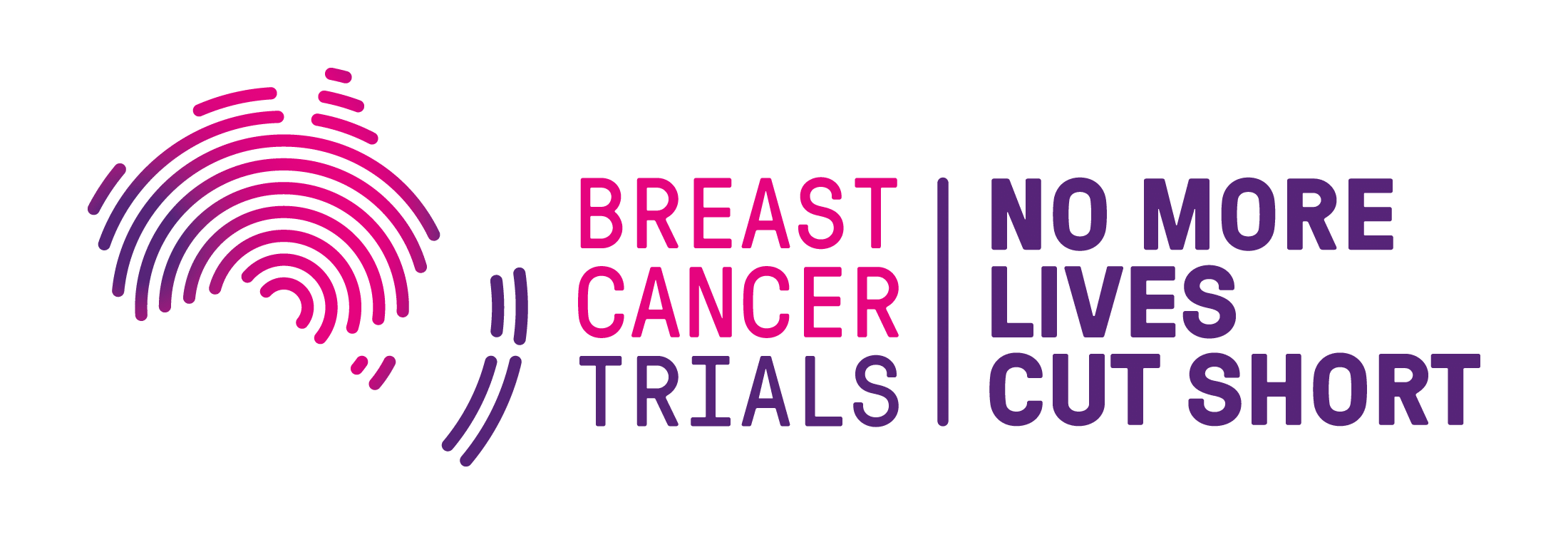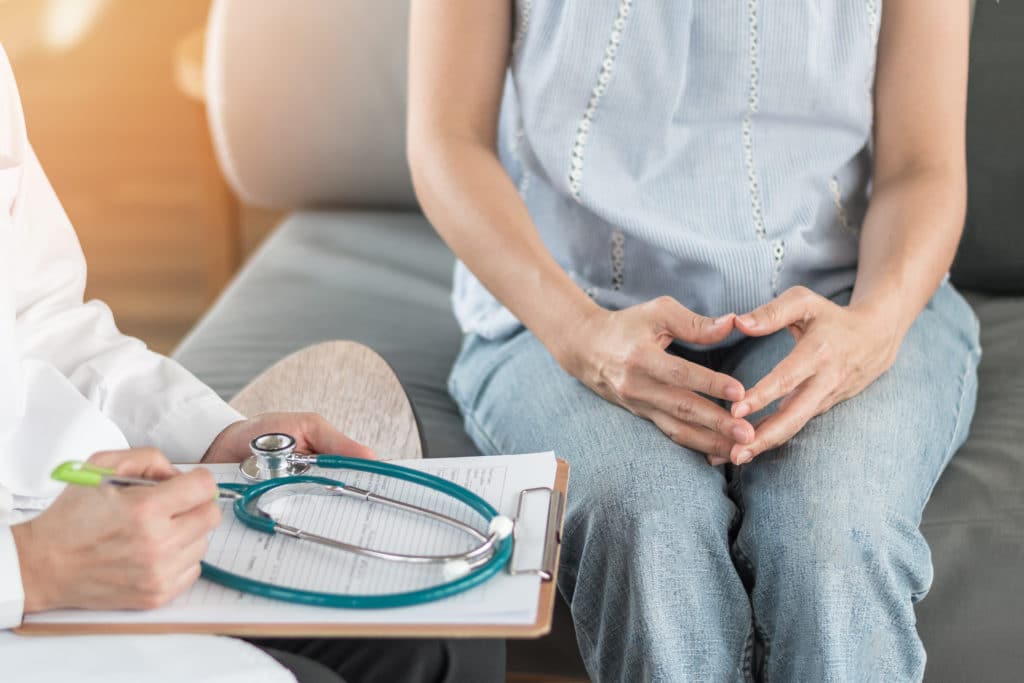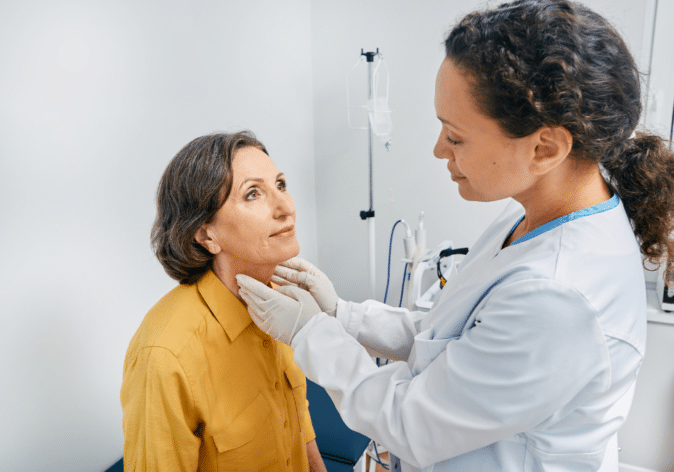What is Early-Stage Breast Cancer?
Early breast cancer is an invasive breast cancer that is contained in the breast and may or may not have spread to the lymph nodes in the breast or armpit. If you have been diagnosed with Stage 1 or Stage 2 breast cancer, you have early-stage breast cancer.
Stage 1: A stage one breast cancer means the cancer cells has not spread from the original site to fatty tissues and/or lymph nodes. The tumour will be less than 2cm.
Stage 2: The cancer is larger than Stage 1 and/or has spread to nearby lymph nodes but has not spread beyond the breast tissue or lymph nodes. In stage 2 breast cancer, the tumour is less than 2cm and has spread to 1-3 lymph nodes in the armpit, or the tumour is between 2cm-5cm and has not spread to the lymph nodes.
What are the Symptoms of Early-Stage Breast Cancer?
Some patients diagnosed with early-breast cancer may not present with any symptoms. When symptoms are present, they may include:
- A new lump in the breast, or armpit area
- Thickening or hardening in the breast
- A change in breast size or shape
- Changes to the nipple, such as sores or crusting, an ulcer or inverted nipple
- Clear or bloody nipple discharge
- Changes to the skin including redness, puckering, or dimpling (an ‘orange peel’ appearance)
- Breast tenderness or pain
How is Early-Stage Breast Cancer Diagnosed?
As stage 1 breast cancer is small, it may be difficult to detect in a physical examination. Often stage one breast cancers are picked up in routine screening mammograms.
Stage 2 breast cancers are slightly larger, with the tumour measuring between 2cm to 5cm, and so it may be felt as a hard lump in the breast or under the arm during a physical examination, or self-examination. Stage two breast cancers are also often diagnosed through screening mammograms.
If early-stage breast cancer is suspected, your doctor may also request you have other scans such as an ultrasound or MRI. A biopsy of the tumour may also be needed to confirm the diagnosis and determine what type of breast cancer you have, which will help to influence your treatment regimen.
How Common is Early-Stage Breast Cancer?
According to the latest data from the Australian Institute of Health and Welfare, approximately 42% of breast cancers diagnosed each year in Australia are stage 1, and 35% are stage 2. New Zealand’s incidence rates are similar. Thanks to the successful BreastScreen Australia and BreastScreen Aotearoa programs, more breast cancers are being diagnosed in the earlier stages which is leading to higher survival rates.
Are there different kinds of Early-Stage Breast Cancer?
Yes. Early-stage breast cancer means that the breast cancer has not spread beyond the breast or nearby lymph nodes. Early-stage breast cancer can be one of four different major subtypes; Luminal A (Hormone Receptor positive, HER2 negative (HR+/HER2-) low grade), Luminal B (Hormone Receptor positive, HER2 negative or positive (HR+/HER2-/+) high grade), HER2 positive breast cancer or triple negative breast cancer.
Your treatment will often depend on what subtype of breast cancer you have.
How is Early-Stage Breast Cancer Treated?
The aim of treatment for early breast cancer is to remove the breast cancer and any cancer cells that may be in the breast or armpit. Treatment may also be needed for cancer cells that may have spread to other parts of the body but cannot be detected.
Treatment can involve radiotherapy, breast surgery, chemotherapy, hormonal therapies, and targeted therapies.
What are my chances of survival (prognosis) if I am diagnosed with Early-Stage Breast Cancer?
Breast cancer survival is sometimes measured in 5-year relative survival. This means how many people diagnosed with breast cancer are still alive five years after their initial diagnosis. Many of those who are alive at 5 years will still be alive and cancer-free for many years after that point.
Breast cancer survival differs and there are many factors that can influence this such as your response to treatment, the type of breast cancer you have, medical history, overall health, age, and tumour growth. You should discuss your personal situation with your doctor and/or treatment team.
Support Us
Help us to change lives through breast cancer clinical trials research



